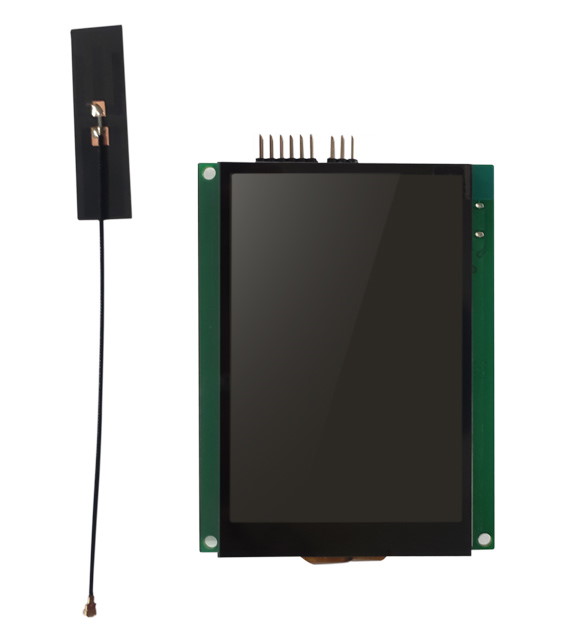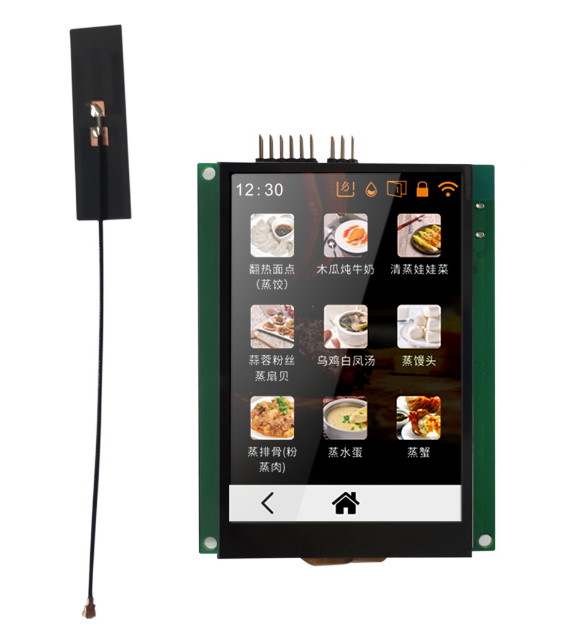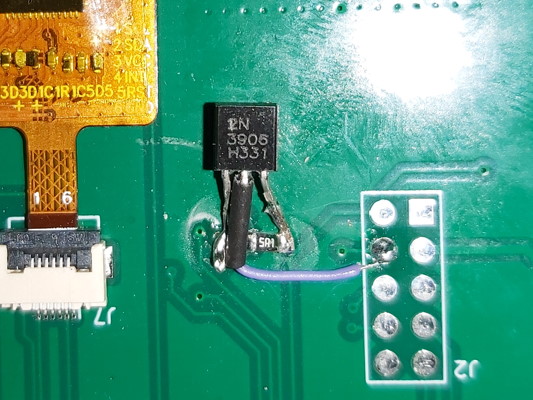YeaCreate Nscreen32~
Features~
The Nscreen32 uses an ESP32-WROVER-IE module with a large 4-inch capacitive touch display. The display is connected via an 8-bit parallel bus resulting in a fast performance. openHASP can take advantage of the 320x480 resolution to show a large custom user-interface.
On the back there is an expansion port with 6 GPIOs (4 input only, RX & TX) so you add inputs if needed. The development board can be powered via micro USB or the 5V-in JST connector.
| Pros | Cons |
|---|---|
| 8-bit parallel display | No backlight control |
| 16 MB flash + 8 MB PSram | Bright white power LED |
| Capacitive Touchscreen | |
| Viewing angles | |
| External antenna |
Backlight Control~
Unfortunately, there is no support for backlight control. The display is always-on.
With a small hack it is possible to control the backlight using a PNP transistor connected to GPIO0, R8 and 3.3V.
Documentation~
Some example projects and the schematics for the Nscreen32 can be found on the Yeacreate Github repository.
Product Video~
Nscreen32 is the first device to receive the LVGL Certified Board label:
HASP build_flags~
Specify the LCD Configuration to use and define the GPIOs in the environment build flags:
1 2 3 4 5 6 7 8 9 10 11 12 13 14 15 16 17 18 19 20 21 22 23 24 25 26 27 28 29 30 31 32 33 34 35 36 37 38 39 | |



